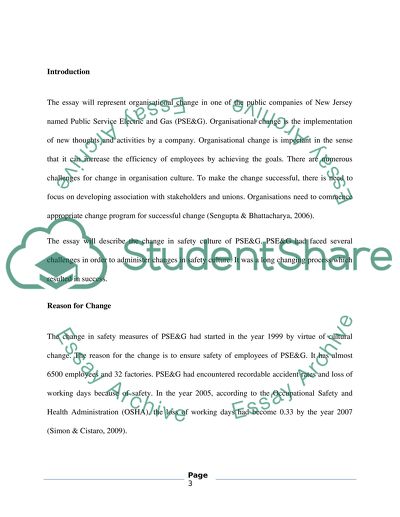Cite this document
(“Public Service Electric and Gas Essay Example | Topics and Well Written Essays - 4000 words”, n.d.)
Retrieved from https://studentshare.org/macro-microeconomics/1429143-case-study
Retrieved from https://studentshare.org/macro-microeconomics/1429143-case-study
(Public Service Electric and Gas Essay Example | Topics and Well Written Essays - 4000 Words)
https://studentshare.org/macro-microeconomics/1429143-case-study.
https://studentshare.org/macro-microeconomics/1429143-case-study.
“Public Service Electric and Gas Essay Example | Topics and Well Written Essays - 4000 Words”, n.d. https://studentshare.org/macro-microeconomics/1429143-case-study.


